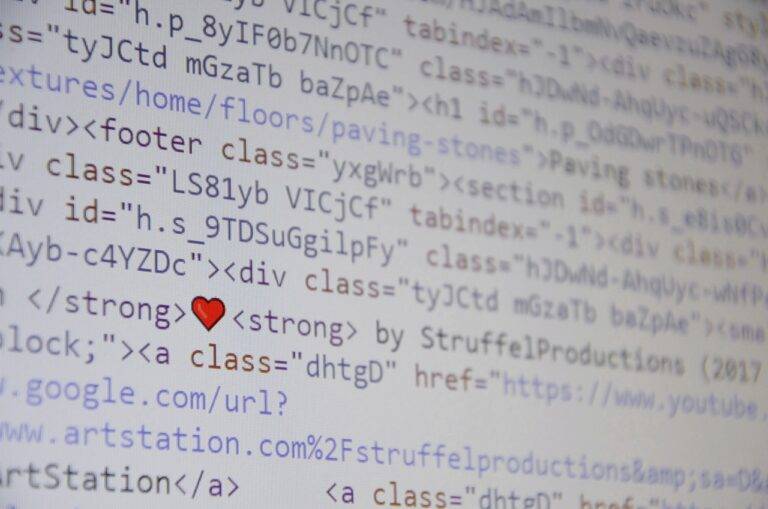The Impact of Blockchain in Disaster Relief Accountability
Blockchain technology has emerged as a promising solution in revolutionizing disaster relief operations. By utilizing decentralized digital ledgers, aid organizations can securely and transparently track the flow of resources throughout the entire supply chain. This improved accountability helps to ensure that aid reaches those in need efficiently and effectively, reducing the risk of fraud and mismanagement.
Moreover, the use of blockchain technology in disaster relief operations enhances data integrity and verification, enabling real-time monitoring of resources from donors to beneficiaries. Smart contracts embedded in the blockchain can automate processes such as fund disbursement and project milestones, streamlining operations and increasing the speed of response during critical times of need. This increased efficiency allows aid organizations to make better-informed decisions and allocate resources more effectively to provide timely assistance to affected communities.
Enhancing Transparency in Aid Distribution
Blockchain technology has emerged as a groundbreaking solution in enhancing transparency in aid distribution. By utilizing a decentralized and immutable ledger system, blockchain ensures that every transaction related to aid distribution is recorded in a secure and verifiable manner. This transparency helps to build trust among donors, aid organizations, and beneficiaries, as they can track the flow of funds and goods throughout the distribution process.
One of the key benefits of blockchain technology in aid distribution is the ability to reduce the prevalence of fraud and corruption. With every transaction being recorded on a blockchain, it becomes extremely difficult for any party to manipulate or alter the data. This not only safeguards the integrity of the aid distribution process but also ensures that the resources reach those who are in genuine need. By promoting accountability and transparency, blockchain technology is revolutionizing the way aid is distributed in disaster-stricken areas, ultimately leading to more efficient and effective relief operations.
Improving Traceability of Donations
Traceability of donations has become a crucial aspect in the realm of charitable giving. With the rise of fraudulent activities and mismanagement of funds, donors are seeking more transparency in how their contributions are utilized. By leveraging blockchain technology, organizations can provide a decentralized ledger system that ensures every donation is tracked in real-time, making the donation process more transparent and accountable.
Blockchain technology enables the creation of immutable and transparent donation records, allowing donors to trace their contributions from the point of donation to its final destination. This level of traceability not only builds trust between donors and organizations but also helps in detecting any discrepancies or irregularities in the donation process. Ultimately, improving the traceability of donations through blockchain technology instills confidence in donors and enhances the overall integrity of the donation ecosystem.





